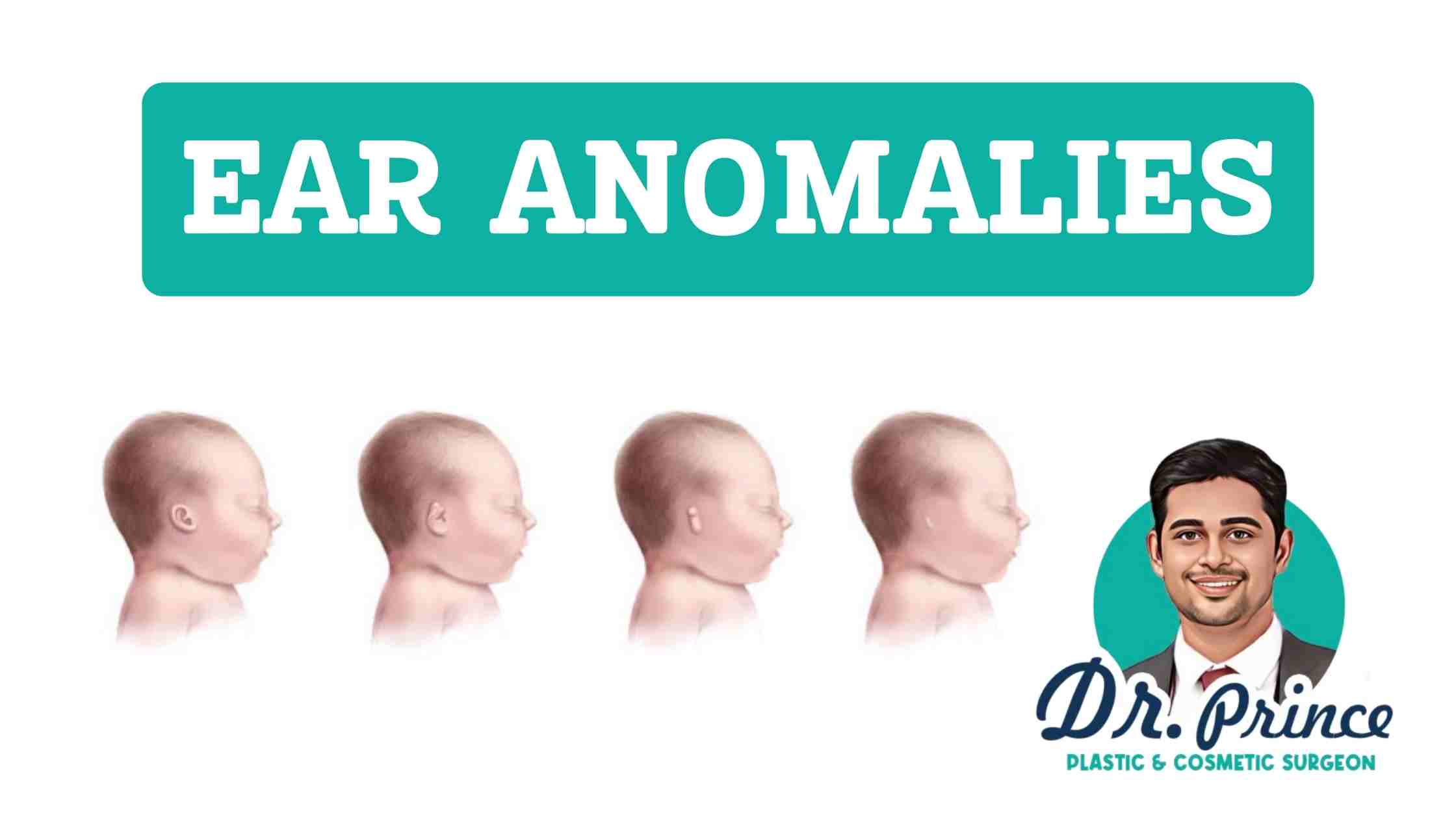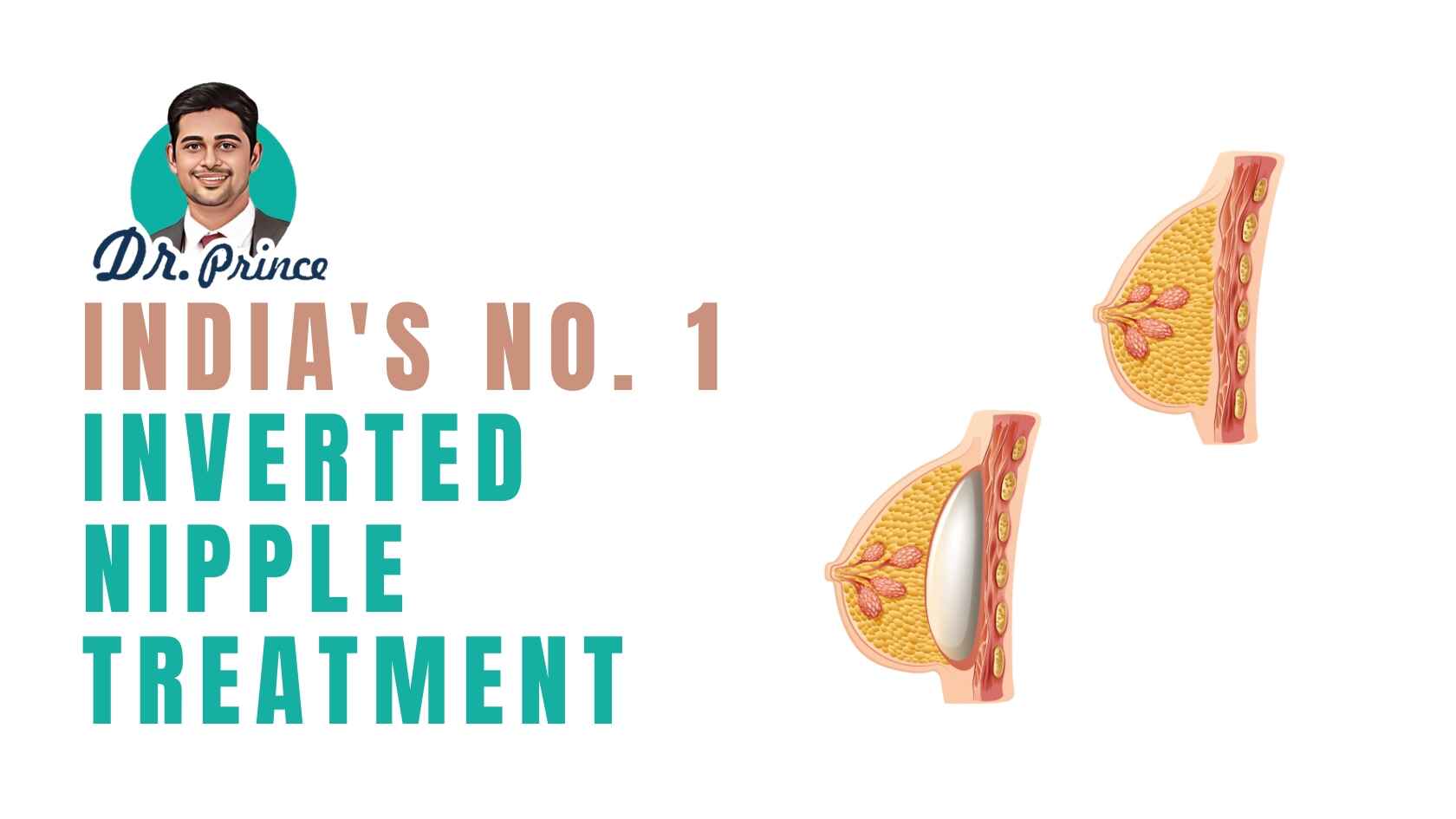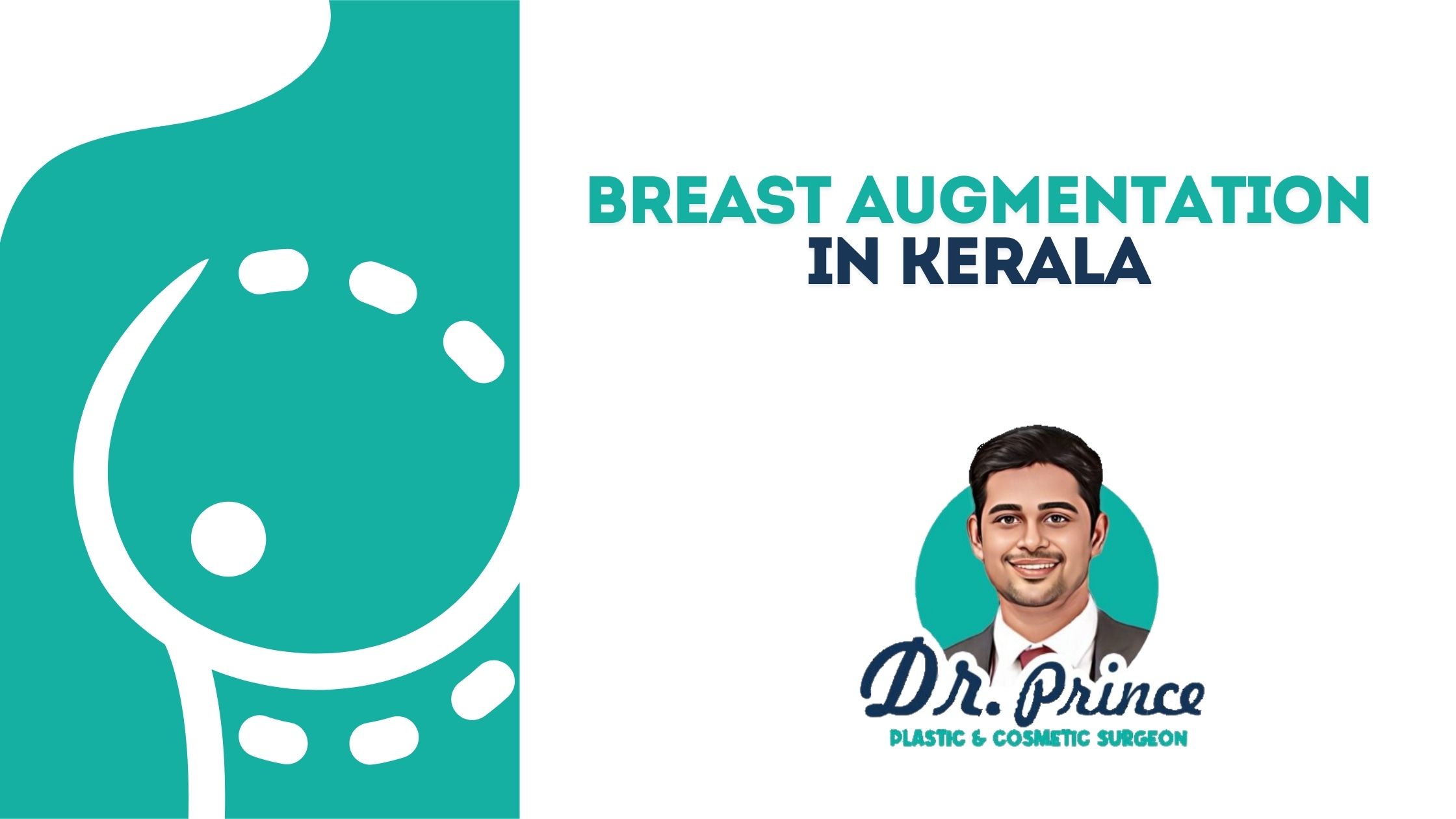Overview of Ear Anomalies and Deformities at Birth
Ear anomalies refer to congenital irregularities or malformations affecting the external ear’s structure. These conditions can vary widely, leading to diverse presentations such as ear deformities, accessory auricles, and cochlear malformations. Understanding the nuances of these anomalies is crucial for comprehensive care.
Symptoms of Ear Anomalies:
Visible Deformities
Irregularities in the shape, size, or positioning of the ear.
Accessory Auricles:
Presence of extra skin or cartilage near the ear (accessory tragus).
Anotia Syndrome:
Absence of the external ear or parts of it.
Coloboma Ear Anomalies:
Structural defects, often seen as notches or gaps in the ear.
Causes of Ear Malformations:
Genetic Factors:
Inherited abnormalities affecting ear development.
Environmental Influences:
Exposure to certain substances during pregnancy.
Intrauterine Issues:
Complications during fetal development impacting ear formation.
Risk Factors:
Family History:
An increased risk if ear anomalies run in the family.
Maternal Factors:
Certain maternal health conditions or exposures during pregnancy.
Genetic Syndromes:
Presence of syndromes associated with ear malformations.
Complications:
Hearing Impairment:
Some anomalies may affect normal hearing.
Psychosocial Impact:
Visible deformities can impact self-esteem and social interactions.
Medical Management Challenges:
Treatment may involve various specialists and interventions.
Prevention:
Genetic Counseling:
Understanding and addressing potential genetic risks.
Prenatal Care:
Comprehensive prenatal monitoring and early intervention.
Q: What are ear anomalies?
A: Ear anomalies are congenital irregularities or malformations affecting the structure of the external ear. These can include deformities, accessory auricles, or cochlear malformations.
Q: Are ear anomalies hereditary?
A: Some ear anomalies may have a genetic component, making them hereditary. However, environmental factors can also play a role.
Q: Can ear anomalies affect hearing?
A: Yes, certain ear anomalies may impact normal hearing. It depends on the specific nature and extent of the anomaly.
Q: How are ear anomalies diagnosed?
A: Diagnosis often involves a thorough physical examination, imaging studies, and sometimes genetic testing, especially if there is a family history of ear anomalies.
Q: Can ear anomalies be corrected?
A: The approach to correction depends on the type and severity of the anomaly. Surgical interventions may be considered for certain deformities.
Q: Are there preventive measures for ear anomalies during pregnancy?
A: While some anomalies may have a genetic basis, maintaining overall maternal health, avoiding harmful substances, and seeking early prenatal care can contribute to prevention.
Q: What is anotia syndrome?
A: Anotia syndrome is a condition where there is complete absence or underdevelopment of the external ear.
Q: Do ear anomalies impact psychological well-being?
A: Visible deformities can potentially impact an individual's self-esteem and social interactions. Psychological support may be beneficial.
Q: Can adults undergo corrective surgery for ear anomalies?
A: Yes, in certain cases, adults may choose to undergo corrective surgery for ear anomalies for cosmetic or functional reasons.
Q: Is there a link between ear anomalies and other health conditions?
A: Some ear anomalies may be associated with genetic syndromes or other congenital conditions. A comprehensive evaluation is necessary.









